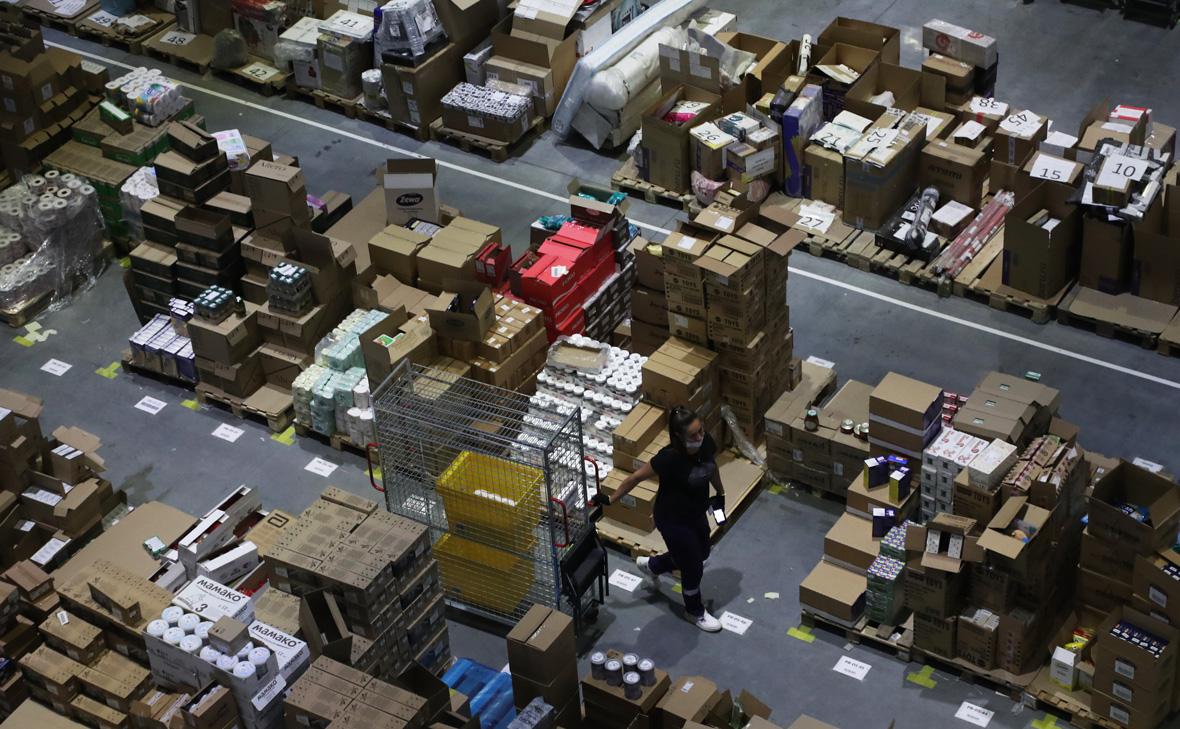Perfumes, smartphones, food: every tenth product in Russia is counterfeit
10 June 20:47
In Russia, the market of illegal products has reached critical proportions: the share of counterfeit and smuggled goods amounted to 8.9% of the total retail turnover. Such data is provided by the Institute of State and Municipal Administration of the Higher School of Economics, reports "Komersant Ukrainian".
According to an alternative estimate based on statistics from Rosstat, the Federal Customs Service and other agencies, this figure is even higher – 10.1%. In monetary terms, this amounts to 4.9 trillion rubles.
The situation is further complicated by the fact that over the past four years, the volume of the shadow market in Russia has grown by 58%, which indicates a systemic problem and the ineffectiveness of existing control mechanisms. Despite the introduction of product labeling and the declared fight against counterfeiting, the scale of illegal trafficking is only increasing.
Experts believe that one of the key factors behind this growth is the legalization of parallel imports. Under the sanctions pressure, Russian companies have been granted the right to import products without the consent of the right holder, which has dramatically weakened control over supplies. In fact, this created a “legal gray zone” in which it became easier to mix legal and illegal goods.
The second important factor is the moratorium on business inspections. Formally, it was introduced to support entrepreneurship, but it has become an incentive for the growth of counterfeiting, as the supervisory authorities have significantly reduced their control levers. Coupled with high inflation and a decline in the purchasing power of the population, this pushes both consumers and sellers to goods of dubious origin.
The development of marketplaces and e-commerce has become the third major driver of the illegal market. According to RBC’s research, 37.3% of the total turnover of counterfeit goods is accounted for by online platforms, and another 40.4% by traditional retail stores. The remaining 22.3% are accounted for by markets and fairs, where control over the range and origin of goods remains minimal.
Perfumery and cosmetics remain the most affected categories, with the share of counterfeits reaching 40%, according to the Anti-Counterfeiting Association. The second place goes to electronics: in the segment of laptops and smartphones, the share of illegal imports ranges from 20 to 30%. Experts also record a high share of counterfeit food, children’s products, and animal feed.
Russia recognizes that the problem is out of control and requires a systematic approach. The board of trustees of Antikontrafakt says that reforms are needed in terms of state control, increased responsibility for counterfeiting, and transparency of supply chains. Otherwise, the counterfeit market will continue to grow, displacing legal businesses.
It is worth noting that a few days earlier, the Russian media reported that half of Moscow’s shoe factories were fictitious. These companies, registered near the largest wholesale market Sadovod, exist only formally: in fact, they do not manufacture shoes, but illegally purchase them abroad, mainly in China and Kazakhstan, and sell them on the Russian market under the guise of domestic products.
According to official statistics, about 2,800 shoe manufacturers are registered in Russia. Thus, more than 7% of fictitious factories were found in the capital alone out of the total number of such enterprises in the country. Moreover, in Moscow, the share of “pacifiers” is almost 50% of all registered shoe manufacturing facilities – there are 450 of them in the capital.
Fictitious manufacturers are essentially one-dayers who use registration in Russia to legalize imported products, bypassing certification, quality control, and tax obligations. According to the documents, these are domestic factories, but in reality, they simply change labels.
According to experts, this practice harms not only the economy but also the health of consumers. Counterfeit footwear may not meet safety requirements and may be produced in violation of sanitary standards. The problem is particularly acute in the children’s footwear segment, where quality requirements are the most stringent.
Читайте нас у Telegram: головні новини коротко









